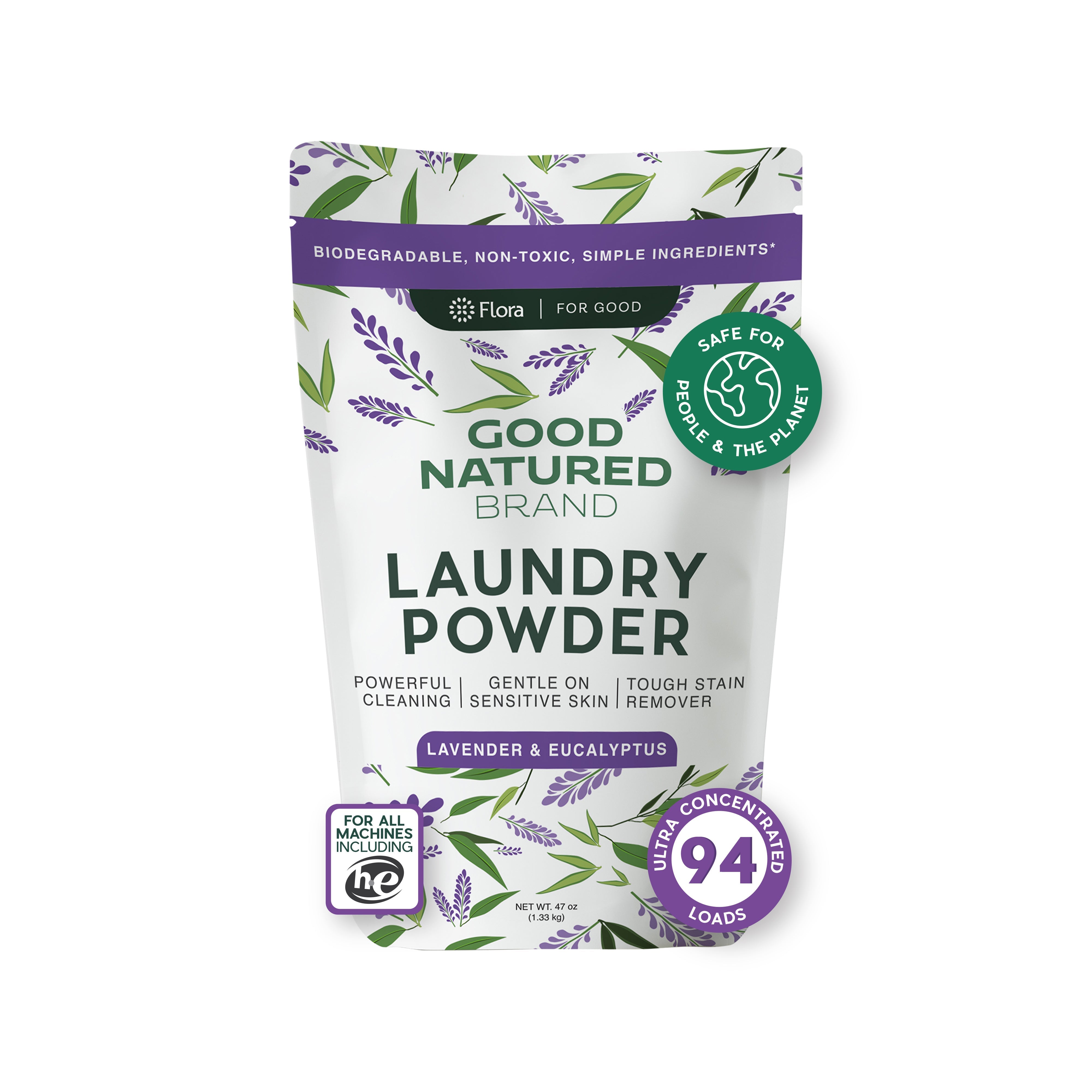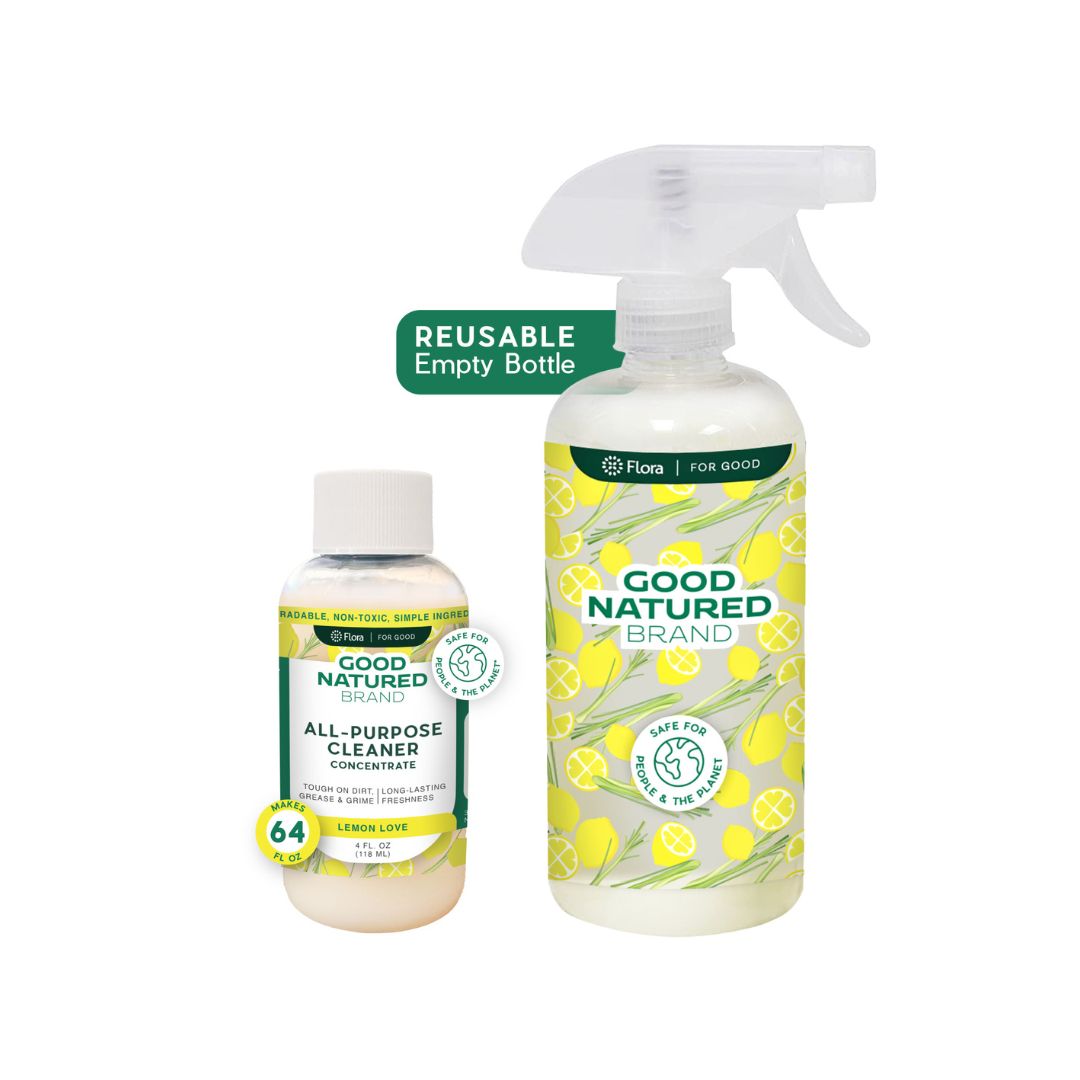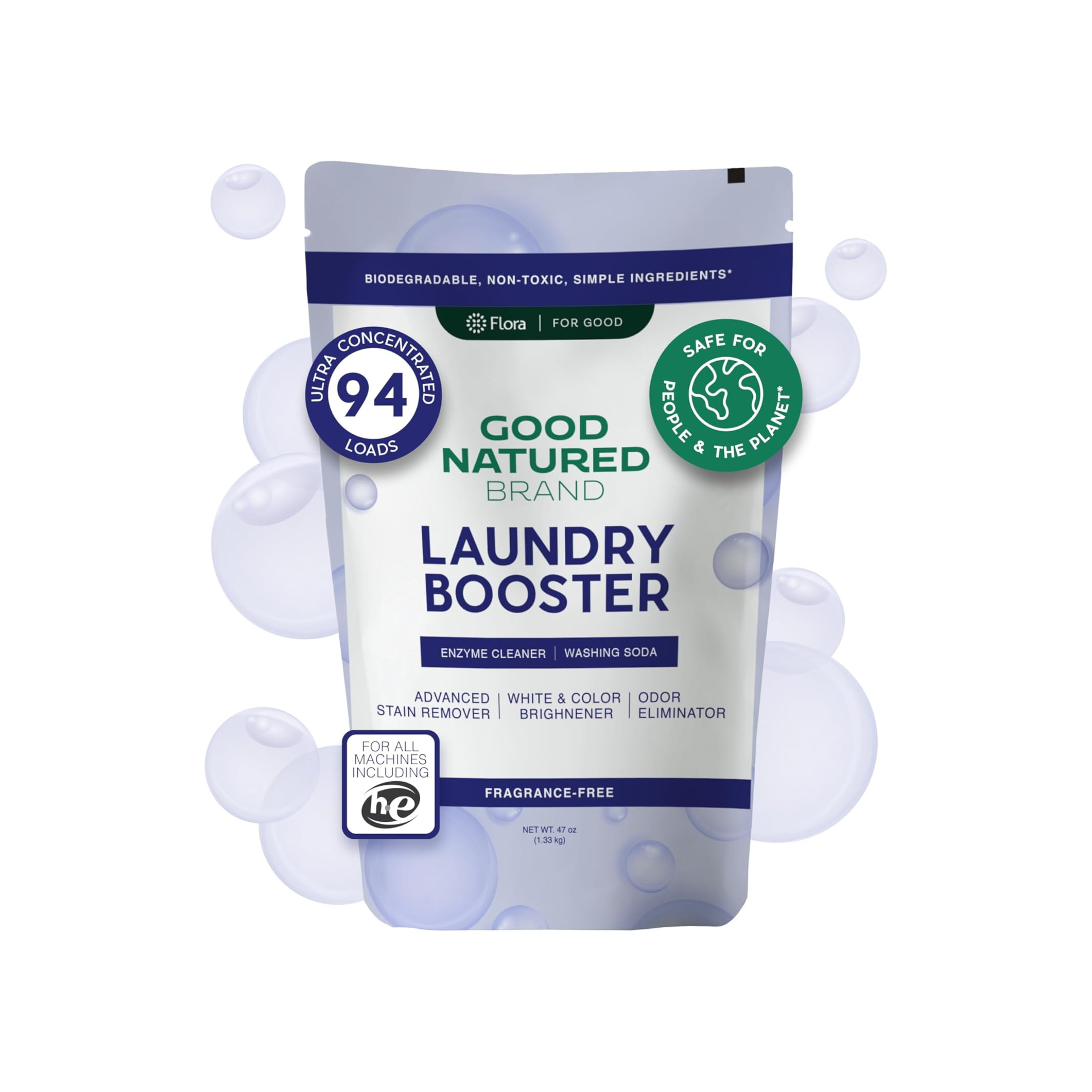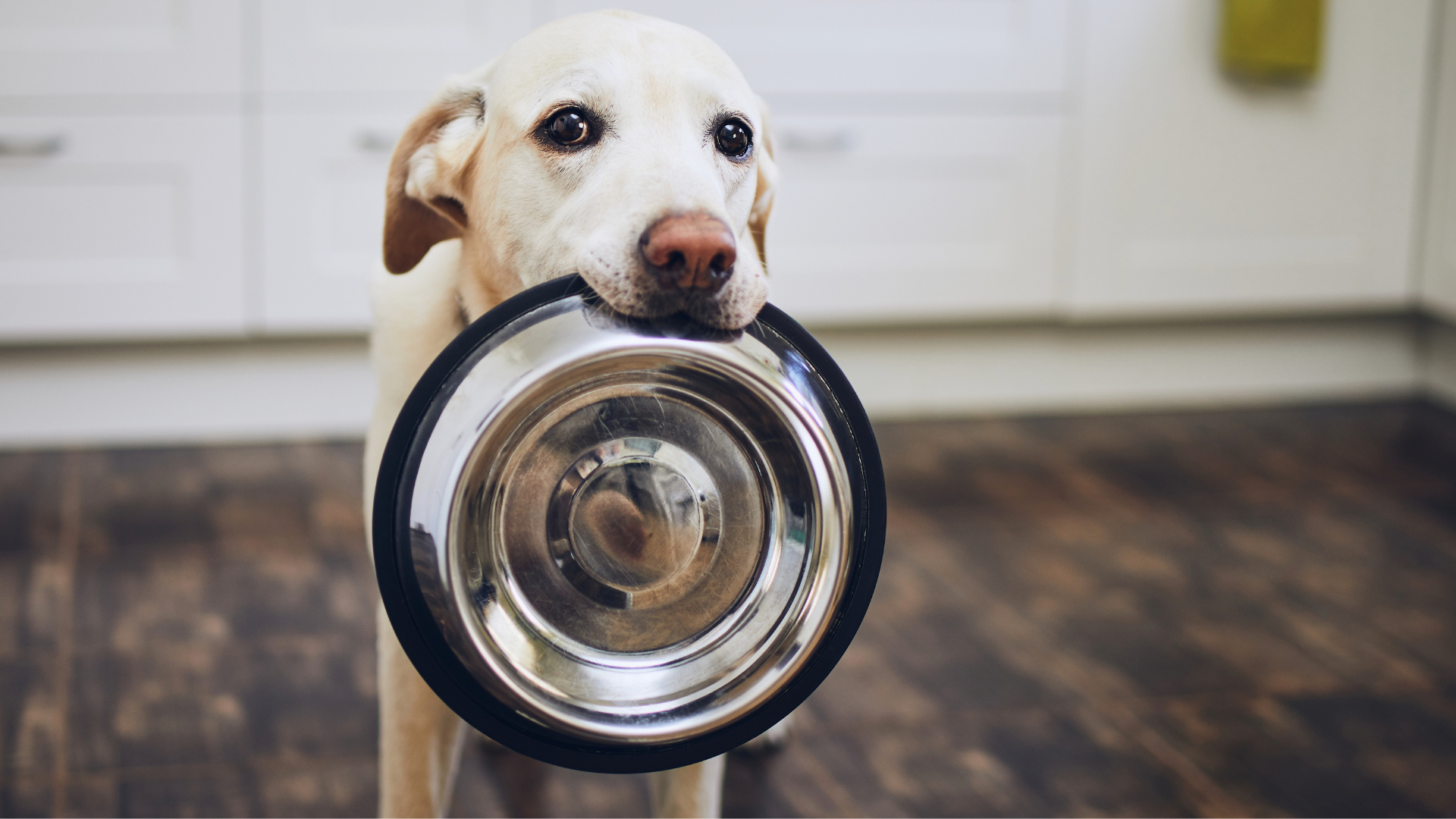As our beloved large dogs age, their mobility and joint health become increasingly important to their overall well-being. Joint issues such as arthritis, hip dysplasia, and general stiffness can significantly impact their quality of life. However, engaging your aging dog in joint-friendly exercises can help maintain their physical condition, relieve discomfort, and promote a happier, healthier life. This guide will explore the best joint-friendly exercises, providing insights and practical tips to help you keep your furry friend active and comfortable.
Understanding Joint Health in Aging Large Dogs
Joint health is crucial for large breeds, especially as they age. Larger dogs often face unique challenges with their joints due to their size and weight, making it essential to monitor their physical activity and implement safe exercises.
Common Joint Issues in Large Dogs
-
Arthritis: This degenerative joint disease is prevalent in aging dogs and can cause pain, swelling, and reduced mobility.
-
Hip Dysplasia: A hereditary condition common in large breeds, hip dysplasia occurs when the hip joint doesn’t fit snugly into the hip socket, leading to pain and arthritis.
-
Osteoarthritis: As cartilage wears away, this condition leads to painful bone-on-bone contact, resulting in discomfort and limited movement.
Signs of Joint Problems
It’s essential to recognize the signs that your dog may be experiencing joint discomfort:
-
Limping or favoring one leg
-
Difficulty standing or getting up from a lying position
-
Reluctance to walk, run, or play
-
Stiffness, especially after rest
-
Changes in behavior, such as increased irritability or withdrawal
The Importance of Joint-Friendly Exercises
Incorporating joint-friendly exercises into your aging dog’s routine is vital for several reasons:
-
Weight Management: Regular exercise helps maintain a healthy weight, reducing strain on their joints.
-
Improved Mobility: Gentle exercises can enhance flexibility and range of motion, making daily activities easier for your dog.
-
Pain Relief: Regular movement can help alleviate stiffness and discomfort associated with joint issues.
-
Mental Stimulation: Engaging your dog in physical activities can also provide mental stimulation, promoting overall well-being.
Gentle Exercises for Joint Health
When it comes to exercising aging large dogs, the focus should be on low-impact activities that are easy on their joints. Here are some of the best joint-friendly exercises to consider:
Swimming
Swimming is one of the most beneficial exercises for aging dogs. The buoyancy of water supports their weight, allowing them to move freely without stressing their joints.
-
Benefits: Swimming helps strengthen muscles, improves cardiovascular health, and is excellent for maintaining joint flexibility.
-
Tips: Always supervise your dog while swimming and consider using a dog life vest for added safety.
Walking
Daily walks are essential for your dog’s physical and mental health. However, it’s crucial to adjust the pace and distance to suit your dog’s capabilities.
-
Gentle Pace: Keep walks slow and steady to prevent overexertion, especially if your dog is showing signs of discomfort.
-
Shorter Distances: Break up walks into shorter segments to keep your dog engaged without tiring them out too quickly.
Controlled Fetch
While traditional fetch can be too strenuous for aging dogs, modified fetch can be a fun and safe activity.
-
How to Play: Use soft toys and throw them short distances, allowing your dog to retrieve them without excessive running or jumping.
-
Considerations: Monitor your dog for any signs of fatigue or discomfort and adjust the game as needed.
Low-Impact Agility Exercises
Engaging your dog in low-impact agility exercises can provide both physical activity and mental stimulation.
-
Equipment: Use gentle jumps, tunnels, and weave poles designed for lower impact to ensure your dog’s safety.
-
Keep It Fun: Focus on the enjoyment of the activity rather than competition, and always reward your dog for participation.
Maintaining a Clean Environment
As you incorporate exercises into your dog's routine, maintaining a clean and safe environment is crucial.
-
Cleaning Up After Training: Accidents can happen, so be prepared with eco-friendly All Purpose Cleaners to clean up any messes without harsh chemicals.
-
Odor Control: Use Carpet Deodorizers to keep your home smelling fresh, especially if your dog is more active indoors.
-
Bedding Maintenance: Regularly wash your dog's bedding and use Laundry Powders that are gentle on fabrics and free from harmful additives.
Specific Joint-Friendly Exercises for Aging Large Dogs
When it comes to keeping your aging large dog active, the focus should be on low-impact exercises that support their joints while providing them with the physical activity they need. Here are some specific joint-friendly exercises to consider:
Swimming
Swimming is an excellent exercise for dogs with joint issues. The buoyancy of water supports your dog’s weight, reducing stress on their joints while allowing them to move freely.
-
Benefits of Swimming: This low-impact exercise helps to strengthen muscles, improve cardiovascular health, and enhance joint flexibility without the risk of injury.
-
Tips for Swimming: Always supervise your dog while swimming, and consider using a dog life vest for safety. If your dog is new to swimming, start in shallow water and gradually introduce them to deeper areas.
Slow, Controlled Walks
Walking is one of the simplest and most effective exercises for dogs. However, it’s important to adjust the pace and distance according to your dog's comfort level.
-
Establish a Routine: Create a consistent walking schedule, aiming for short, frequent walks instead of long, strenuous ones. This helps your dog build endurance without undue stress on their joints.
-
Use Supportive Gear: Consider using a harness instead of a collar to reduce strain on your dog's neck and back. This can also make walks more comfortable for your aging pet.
Gentle Fetch
While traditional fetch can be too strenuous for older dogs, you can modify the game to make it joint-friendly.
-
How to Play: Use soft toys and throw them only short distances. Encourage your dog to retrieve the toy without excessive running or jumping.
-
Monitor Fatigue: Keep an eye on your dog’s energy levels and stop the game if they seem tired or distressed.
Low-Impact Agility Training
Engaging in low-impact agility training can be a fun way to keep your dog physically active while stimulating their minds.
-
Equipment Options: Utilize equipment such as tunnels, low jumps, and weave poles that are designed for gentle use. This encourages movement without putting undue pressure on their joints.
-
Focus on Fun: Make the training sessions light-hearted and enjoyable. Positive reinforcement, such as treats or praise, can motivate your dog to participate.
Indoor Exercises
On days when outdoor activity isn’t possible, consider indoor exercises to keep your dog engaged.
-
Stair Climbing: If your dog is physically capable, encourage them to climb up and down stairs slowly. This can help build strength in their legs.
-
Interactive Toys: Use puzzle toys or treat-dispensing toys to keep your dog mentally stimulated while encouraging movement around the house.
Ensuring a Clean and Safe Environment
Maintaining a clean home is important, especially when training and exercising your aging dog. Here are some tips to ensure a hygienic environment:
Regular Cleaning
Cleaning up after your dog promptly helps prevent unpleasant odors and keeps the environment safe.
-
Eco-Friendly Cleaning Solutions: Use All Purpose Cleaners that are safe for pets and effective for cleaning up messes. Avoid harsh chemicals that could harm your dog or the environment.
-
Odor Control: Utilize Carpet Deodorizers to keep your carpets smelling fresh. This is especially important if your dog has accidents during training.
Freshening Up Bedding and Toys
Your dog’s bedding and toys should also be kept clean to maintain a healthy living space.
-
Washing Dog Bedding: Regularly wash your dog’s bedding with Laundry Powders that are gentle on fabrics and free from harmful additives. This ensures a safe and comfortable sleeping area.
-
Disinfecting Toys: Clean your dog’s toys with warm, soapy water or a pet-safe disinfectant to eliminate bacteria and odors.
Monitoring Your Dog’s Health
As you incorporate these exercises into your dog’s routine, it’s essential to monitor their health closely.
Signs of Discomfort or Pain
Pay attention to your dog’s behavior during and after exercise. Look for signs such as:
-
Limping or favoring a leg
-
Reluctance to move or play
-
Excessive panting or fatigue
If you notice any of these signs, it may be time to adjust their exercise routine or consult with your veterinarian.
Regular Vet Check-Ups
Schedule regular veterinary check-ups to assess your dog’s joint health and overall well-being. Your vet can provide personalized recommendations based on your dog’s specific needs and any underlying health conditions.
Conclusion
Incorporating joint-friendly exercises into your aging large dog's routine is essential for maintaining their mobility and overall health. By focusing on gentle activities, monitoring their comfort, and ensuring a clean and safe environment, you can help your furry friend live a happy and active life.
Stay tuned for more tips and resources on caring for your aging dog, and remember, a little effort can go a long way in ensuring your pet's comfort and happiness! For more insights, visit the Good Natured Brand Blog and discover additional resources and products that can enhance your dog's quality of life.


















